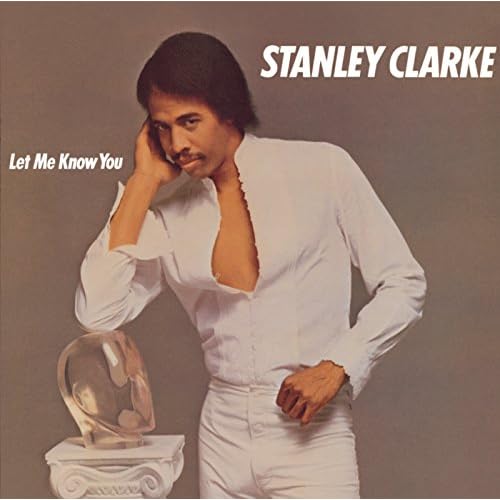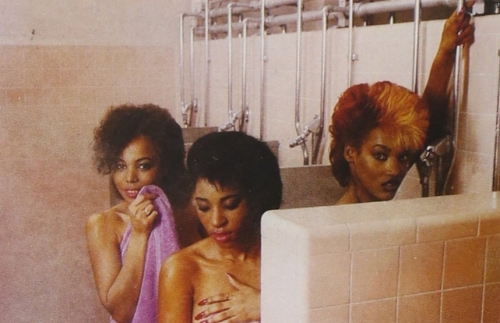
Stanley Clarke was a musician whose solo albums of the 1970’s were always talked about. Yet there was one album that hardly ever did-only occasionally as a mentioned titled in some discographies of his music. It was his 1982 album Let Me Know You. First I found the album on vinyl,then picked it up on CD. Then realized why it might’ve been left out. This is basically a full on post disco/boogie album from Clarke-featuring the likes of Greg Phillinganes and Paulinho Da Costa among the musicians. Here’s an Amazon.com review I wrote just over a decade ago that goes more deeply into its musicality.
Right after the release of the first Clarke/Duke Project LP Stanley Clarke and George Duke both decided to take a musical break from each other and do a pair of solo albums without the participation of the other.Duke produced ‘Dream On’ while Clarke produced this album ‘Let Me Know You’,both in 1982.Both albums are very much funky pop/R&B vocal albums with some curious differences.’Let Me Know You’ is the slightly more jazz oriented of the two and as always,Clarke is not quite as experienced (or communicative) as Duke.
The songwriting is extremely strong and three “Straight From The Heart”,”I Just Want To Be Your Brother”,”The Force Of Love” and the pounding “New York City” find Clarke moving away from hardcore jazz-rock fusion and into the world of tighter,more carefully crafted and arranged R&B,funk and pop.The sexy title song is actually the only instrumental on the album and is the only representation of the ‘old’ Stanley Clarke.
My favorite cut is the Linn drum/Leslie Amp powered “Play The Bass” the more or less trails off before it get’s a chance to get going-it’s funny how many R&B and funk artists elect to showcase some of their most creative music as brief interludes (read:Earth Wind & Fire).Nevertheless ‘Let Me Know You’ is a wonderful pop/funk album and actually one of Clarke’s most consistently enjoyable of the early 80’s.
Trouble is it’s also his only record never to have been released on CD up until now.And while I am sure that many like myself who have enjoyed listening to the vinyl record of this album the new CD is a treat.But I really hope fans of Clarke or the Clarke/Duke Project will revisit this if they’ve never heard it-fans of both artist’s music from the 1980’s will feel right at home.
Let Me Know You comes from a time where Stanley Clarke was looking to condense his music to a degree. He actually managed to solo many times on these songs. That being said,, this album had him striving ever more to look towards gaining momentum as a composer as opposed to mainly an instrumental soloist. He even got a bit of a dance hit with the album with the song “Straight To The Top”. Once heard Clarke himself refer to his music at this time as “pretty commercial”. But its still by no means a Stanley Clarke album to avoid. Especially if you enjoy funk that where’s its jazziest flavors proudly.



